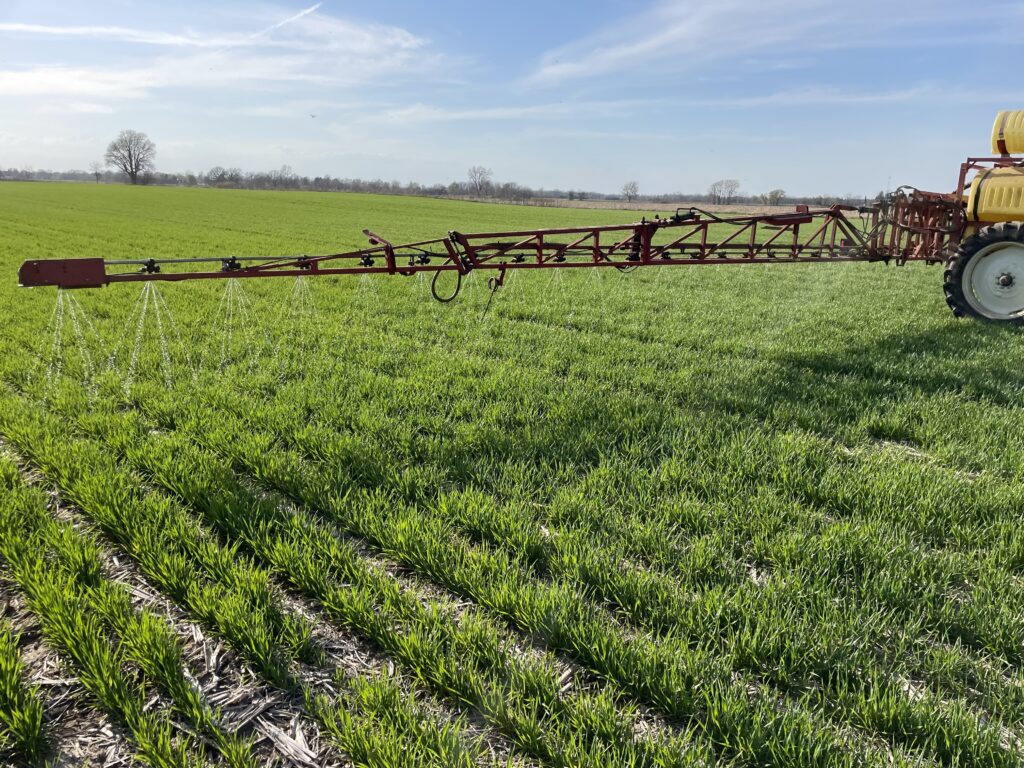Know What’s in your Fertilizer

Interpreting the available nutrients in a fertilizer analysis Whether you are using a commercial fertilizer, organic amendments like manure or compost, or fertilizer by-products from industrial sources, it’s critical to know the nutrient analysis of the product. Analyses for agricultural nutrient sources may come in several different ways: When using a nutrient fertilizer source that […]